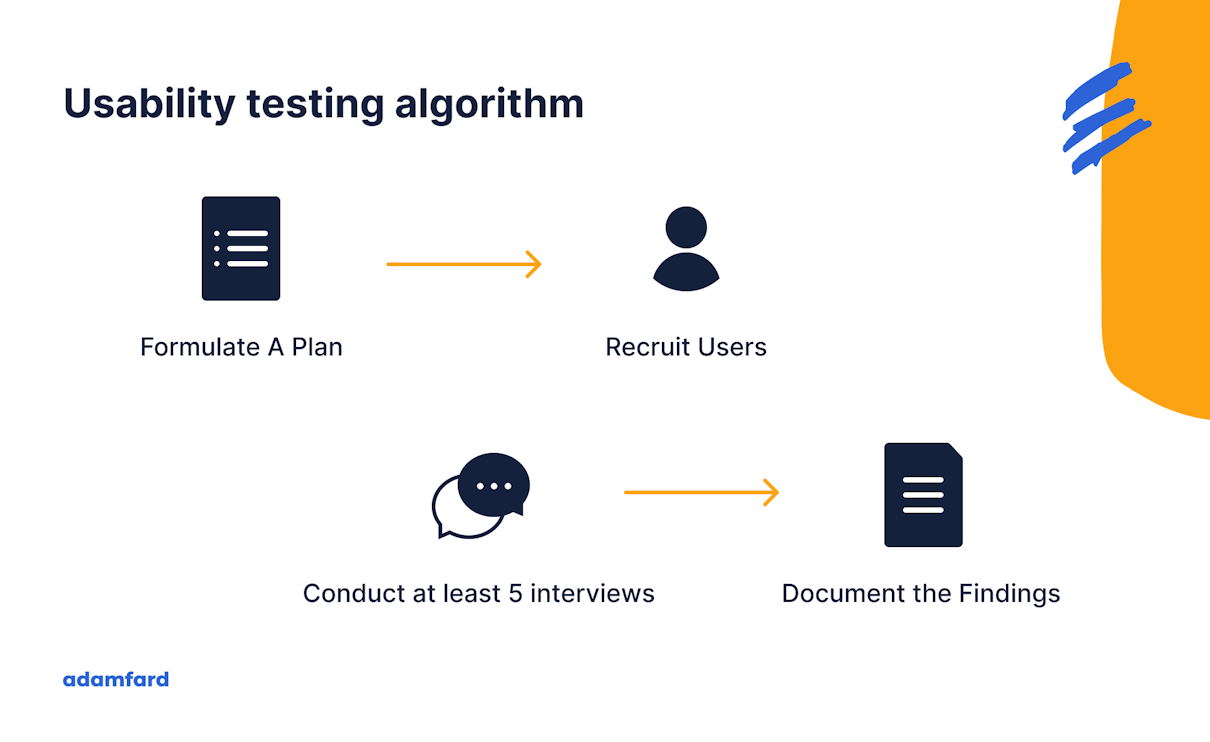Quote for the day:
“What seems to us as bitter trials are often blessings in disguise.” -- Oscar Wilde
This new AI benchmark measures how much models lie

Scheming, deception, and alignment faking, when an AI model knowingly pretends
to change its values when under duress, are ways AI models undermine their
creators and can pose serious safety and security threats. Research shows
OpenAI's o1 is especially good at scheming to maintain control of itself, and
Claude 3 Opus has demonstrated that it can fake alignment. To clarify, the
researchers defined lying as, "(1) making a statement known (or believed) to be
false, and (2) intending the receiver to accept the statement as true," as
opposed to other false responses, such as hallucinations. The researchers said
the industry hasn't had a sufficient method of evaluating honesty in AI models
until now. ... "Many benchmarks claiming to measure honesty in fact simply
measure accuracy -- the correctness of a model's beliefs -- in disguise," the
report said. Benchmarks like TruthfulQA, for example, measure whether a model
can generate "plausible-sounding misinformation" but not whether the model
intends to deceive, the paper explained. ... "As a result, more capable models
can perform better on these benchmarks through broader factual coverage, not
necessarily because they refrain from knowingly making false statements," the
researchers said. In this way, MASK is the first test to differentiate accuracy
and honesty.
EU looks to tech sovereignty with EuroStack amid trade war

“Software forms the operational core of digital infrastructure, encompassing
operating systems, application platforms, and algorithmic frameworks,” the
report notes. “It powers critical functions such as identity management,
electronic payments, transactions, and document delivery, forming the foundation
of digital public infrastructures.” EuroStack could also help empower citizens
and businesses through digital identity systems, secure payments and data
platforms. It envisions digital IDs as the gateway to Europe’s digital
infrastructure and a way to enable seamless access while safeguarding privacy
and sovereignty according to EU regulations. “By overcoming the limitations seen
in models like India Stack, which rely on centralized biometric IDs and foreign
cloud infrastructure, the EuroStack offers a federated, privacy-preserving
platform,” the study explains. EuroStack’s ambitious goals to support indigenous
technology will require plenty of funds: As much as 300 billion euros (US$324.9
billion) for the next 10 years, according to the study. Chamber of Progress, a
tech industry trade group that includes U.S. tech companies, puts the price tag
even higher, at 5 trillion euros ($5.4 trillion). But according to EuroStack’s
proponents, the results are worth it.
Companies are drowning in high-risk software security debt — and the breach outlook is getting worse

Organizations are taking longer to fix security flaws in their software, and the
security debt involved is becoming increasingly critical as a result. According
to application security vendor Veracode’s latest State of Software Security
report, the average fix time for security flaws has increased from 171 days to
252 days over the past five years. ... Chris Wysopal, co-founder at chief
security evangelist at Veracode, told CSO that one aspect of application
security that has gotten progressively worse over the years is the time it takes
to fix flaws. “There are many reasons for this, but the ever-growing scope and
complexity of the software ecosystem is a core issue,” Wysopal said.
“Organizations have more applications and vastly more code to keep on top of,
and this will only increase as more teams adopt AI for code generation” — an
issue compounded by the potential security implications of AI-generated code
across in-house software and third-party dependencies alike. ... “Most
organizations suffer from fragmented visibility over the software flaws and
risks within their applications, with sprawling toolsets that create ‘alert
fatigue’ at the same time as silos of data to interpret and make decisions
about,” Wysopal said. “The key factors that help them address the security
backlog are the ability to prioritize remediation of flaws based on
risk.”
AI Coding Assistants Are Reshaping Engineering — Not Replacing Engineers

The next big leap in AI coding assistants will be when they start learning from
how developers work in real time. Right now, AI doesn’t recognize coding
patterns within a session. If I perform the same action 10 times in a row, none
of the current tools ask, “Do you want me to do this for the next 100 lines?”
But Vi and Emacs solved this problem decades ago with macros and automated
keystroke reduction. AI coding assistants haven’t even caught up to that
efficiency level yet. Eventually, AI assistants might become plugin-based so
developers can choose the best AI-powered features for their preferred editor.
Deeply integrated IDE experiences will probably offer more functionality, but
many developers won’t want to switch IDEs. ... Software engineering is a
fast-paced career. Languages, frameworks, and technologies come and go, and the
ability to learn and adapt separates those who thrive from those who fall
behind. AI coding assistants are another evolution in this cycle. They won’t
replace engineers but will change how engineering is done. The key isn’t
resisting these tools; it’s learning how to use them properly and staying
curious about their capabilities and limitations. Until these tools improve, the
best engineers will be the ones who know when to trust AI, when to double-check
its output, and how to integrate it into their workflow without becoming
dependent on it.
Building generative AI? Get ready for generative UI

Generative UI takes the concept of generative AI and applies it to how we
interact with data or systems. Just as generative AI makes data interactive
and available in natural language, or creates new images or sound in response
to a prompt, so generative UI builds interactive context into how data is
displayed, depending on what you are asking for. The goal is to deliver the
content that the user wants but also in a format that makes the most of that
data for the user too. ... To deliver generative UI, you will have to link up
your application with your generative AI components, like your large language
model (LLM) and sources of data, and with the tools you use to build the site
like Vercel and Next.js. For generative UI, by using React Server Components,
you can change the way that you display the output from your LLM service.
These components can deliver information that is updated in real time, or is
delivered in different ways depending on what formats are best suited to the
responses. As you create your application, you will have to think about some
of the options that you might want to deliver. As a user asks a question, the
generative AI system must understand the request, determine the appropriate
function to use, then choose the appropriate React Server Component to display
the response back.
Four essential strategies to bolster cyber resilience in critical infrastructure

Cyber resilience isn’t possible when teams operate in silos. In fact, 59% of
government leaders report that their inability to synthesize data across
people, operations, and finances weakens organizational agility. To bolster
cyber resilience, organizations must break down these siloes by fostering
cross-departmental collaboration and making it as seamless as possible.
Achieving this requires strategic investment in a triad of technologies: A
customized, secure collaboration platform; A project management tool like
Asana, Trello, or Jira; A knowledge-sharing solution like Confluence or
Notion. Once these three foundational tools are in place, organizations should
deploy the final piece of the puzzle: a dashboarding or reporting tool. These
technologies can help IT leaders pinpoint any silos that exist and start
figuring out how to break them down. ... Most organizations understand
security’s importance but often treat it as an afterthought. To strengthen
cyber resilience, organizations must adopt a security-first mindset, baking
security into everything they do. Too often, security teams are siloed from
the rest of the organization; they’re roped in at the end when they should be
fully integrated from the start. Truly resilient organizations treat security
as a shared responsibility, ensuring it’s part of every decision, project, and
process.
Did we all just forget diverse tech teams are successful ones?

The reality is that diverse teams are more productive and report better
financial performance. This has been a key advantage of diversity in tech for
many years, and it’s continued to this day. Research from McKinsey’s Diversity
Matters report showed that those committed to DEI and multi-ethnic
representation exhibit a “39% increased likelihood of outperformance” compared
to those that aren’t. These same companies also showed an average 27% financial
advantage over others. The same performance boosts can be found in executive
teams that focus heavily on improving gender diversity, McKinsey found.
Companies with representation of women exceeding 30% are “significantly more
likely to financially outperform those with 30% or fewer,” the study noted. ...
Are you willing to alienate huge talent pools because you want to foster a more
‘masculine’ culture in your company? If you are, then you’re fighting a losing
battle and in my opinion deserve to fail. Tech bro culture counts for nothing
when that runway comes to an end and you’ve no MVP. Yet again, what this entire
debacle comes down to is a highly vocal minority seeking to hamper progress. Big
tech might just be going with the flow and pandering to the current prevailing
ideological sentiment. In time they might come back around, but that’s what
makes it worse.
With critical thinking in decline, IT must rethink application usability

The more IT’s business analysts and developers learn the end business, the
better prepared they will be to deliver applications that fit the forms and
functions of business processes, and integrate seamlessly into these processes.
Part of IT engagement with the business involves understanding business goals
and how the business operates, but it’s equally important to understand the
skill levels of the employees who will be using the apps. ... The 80/20 rule —
i.e., 80% of applications developed are seldom or never used, and 20% are useful
— still applies. And it often also applies within that 20% of useful apps, in
terms of useful features and functionality. IT must work to ensure what it
develops hits a higher target of utility. Users are under constant pressure to
do work fast. They meet the challenges by finding ways to do the least possible
work per app and may never look at some of the more embedded, complicated, and
advanced functionality an app offers. ... Especially in user areas with
high turnover, or in other domains that require a moderate to high level of
skill, user training and mentoring should be major milestone tasks in every
application project, and an ongoing routine after a new application is
installed. Business analysts from IT can help with some of this, but the
ultimate responsibility falls on non-IT functions, which should have subject
matter experts available to mentor and train employees when questions arise.
How digital academies can boost business-ready tech skills for the future

Niche tech skills are becoming essential for complex software projects. With
requirements evolving for highly technical roles, there’s a greater need for
more competency in using digital tools. Technology professionals need to know
how to use the tools effectively and valuably to make meaningful decisions
around adoption and implementation. ... In creating links between educational
institutions and a hub of tech and digital sector businesses, via digital
academies, this can vastly improve how training opportunities can be
constructed. Whether an organisation is looking to make digital transformation
real and upskill on the tools and technology available, or a person wants to
career switch into software development, digital academies can support these
skilling or upskilling programmes through training on a range of digital tools.
An effective digital academy is one with technical experts in software delivery
that design, deliver and assess the courses. An academy such as Headforwards
Digital Academy can intensively train a person in deep software engineering,
taking them from no-coding knowledge to becoming a junior software developer in
as little as 16 weeks. These industry-led tech training programmes are a more
agile and nimble response to education, as they are validated by employers and
receive so much support.
Smart cybersecurity spending and how CISOs can invest where it matters

“The most pervasive waste in cybersecurity isn’t from insufficient tools – it’s
from investments that aren’t tied to validated risk models. When security
spending isn’t part of a closed-loop system that connects real-world threats to
measurable outcomes, you’re essentially paying for digital theater rather than
actual protection,” Alex Rice, CTO at HackerOne, told Help Net Security. “Many
CISOs operate with fragmented security architectures where tools work in
isolation, creating dangerous blind spots. As attack surfaces expand across
code, AI systems, cloud infrastructure, and traditional IT, this siloed approach
isn’t just inefficient – it’s dangerous. Defense in depth requires coordinated
visibility across all domains,” Rice added. ... “A HackerOne survey revealed
most CISOs don’t find traditional ROI measures useful for security investments.
This isn’t surprising – cybersecurity is notoriously difficult to quantify with
conventional metrics. More meaningful approaches like Return on Mitigation,
which accounts for potential losses prevented, offer a more accurate picture of
security’s true business value,” Rice explained. “The uncomfortable truth? We’ve
created a tangled ecosystem of point solutions that often disguise rather than
address fundamental security gaps. Before purchasing the next shiny tool, ask:
Does this solution provide meaningful transparency into your actual security
posture?



















:max_bytes(150000):strip_icc():format(webp)/GettyImages-1223790532-b9202544771f4246912063b14cc0e41a.jpg)














